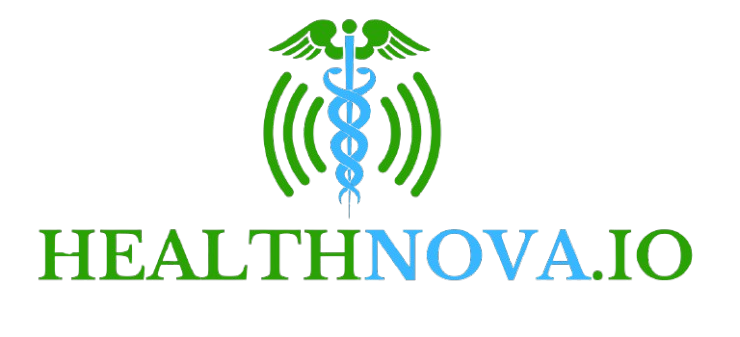Written by Abby Paine and DOM Partridge
This year, we congratulate our third year National Repair DayAnd the topic of money this year is especially associated with people working in the field of health economy and market access.
Over the past few years, we have seen women’s roles in mathematics and have introduced network meta analysis. Today we focus on how the repair supports the decision of the medical system every day.
Why is repair not about household finances
According to December 2024 YouGOV SurveyNearly a third (32%) of the UK (UK) adults said that better money management is a major motive for improving repair.
The National Numeracy Day focuses on the personal budget, but we are constantly thinking about how to provide powerful evidence to inform our people in the world of the world of the health economy, and to provide strong evidence to inform whether new treatment is recommended for the use of NHS (National Health Service). It is recognized that it occurs.
NHS spending understanding: Where billions go
In 2023/24, the British Ministry of Health and Welfare spent £ 188 billion, which is expected to increase to £ 190 billion in 2024/25. The money supports everything to everything The largest area of everyday spending, from general practitioners (GP) services and ambulance fleets to mental health care, hospital services and new treatment, is about 49%of employees. These examples focus on NHS medical services, but social welfare explains a significant percentage of public spending.
Dividing this into a British population (~ 66 million) is equivalent to £ 2,500 ~ 3,000 per person per year.
The figure below shows some cases of medical expenditures with £ 1 billion.
1 billion pounds…

For systems such as NHS, each pound is important (free at use). How do you guarantee how to provide a meaningful clinical advantage and how to show good value to NHS?
NIC’s role in value -based decision -making
One way to ensure that NHS is to provide clinical advantages and value for wider health systems is to consider the recommendations of the National Institute of Health and Care Excellence (NIC). Since 1999, NICE has provided independent guidance for the health and management system of the UK and Wales through the Technology Evaluation (TA) and highly specialized HST programs. As a result, new medicines and treatment are clinically effective and cost -effective for use in NHS, which helps to use resources to be considered considerable and efficiently.
Here, part of our work is to support the company qualitatively and quantitatively.
-
- Extended life
- Improves the quality of life
- It represents good value compared to the current treatment.
Behind the numbers: QALYS, cost and ICERS
To make the decision easier, we rely on the following measures:
-
- Quality adjusted life (qalys) -Stails that combine the quantity and quality of life
- costs -New and current treatment
- Increase cost–Efficiency ratio (ICERS) -It indicates the cost per qaly.

ICERS can be compared with the thresholds of those that can be compared with other interventions or treatments or cost efficient. Intervention in ICER less than this critical price is likely to raise funds, but NIC also considers other factors such as disease seriousness, innovation and uncertainty.
NIC usually regards the treatment of up to about 30,000 pounds per QALY as a cost -effective use of NHS resources. It is not a fixed threshold, but it supports consistent decisions, so resources are widely used to provide similar value in various treatment, disease and patient groups.
Next time, when you attend medical promises or prescribed treatment, you can save your thoughts on mathematics that determines whether treatment is a good value for NHS!
If you are interested in exploring your career in the field of health economy and market access, consider connecting with the economic modeling and data analysis teams of Source Health Economics. We specialize in creating evidence, health economy and communication.







































